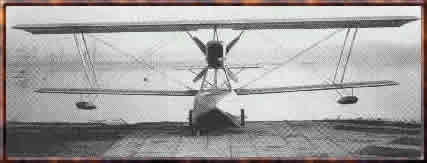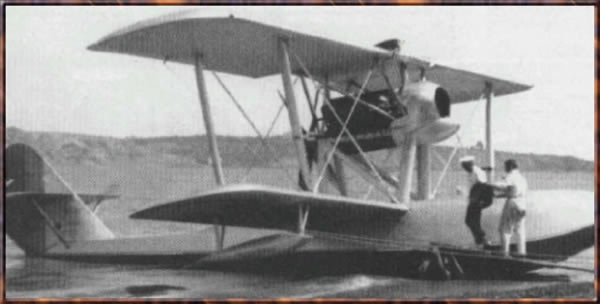All the S.59's were destined to equip the newly-created "Hydroaviation Flotilla", but the only four S.59's had been delivered by late 1928. Meanwhile, the Savoia-Marchetti company had improved the S.59, creating the S.62 flying boat. Basically, the S.62 was the S.59 with improved aerodynamics
: the wings were cleaned up, making the hydroplane lighter and easier
to fly. From 1930 onwards, the S.62 bis reconnaissance / light bomber
version, which had a more powerful engine entered production and was successfully
exported. Romania ordered 14 S.62 bis hydroplanes, powered by the new
Asso 850 HP engine, all of which were received by 1932. In 1936, the Ministry
of Air and Navy, requested the Romanian IAR and ICAR companies to manufacture
5 more S.62 bises, destined to replace those lost due to "wear and
tear". ICAR manufactured the wings, floats and several other parts,
IAR works built the hulls, whilst the final assembly was done at the workshops
of STC-Constanta. The distinctive element of hydroplanes built in Romania
was the wingtip, which was more rounded than the Italian ones.

